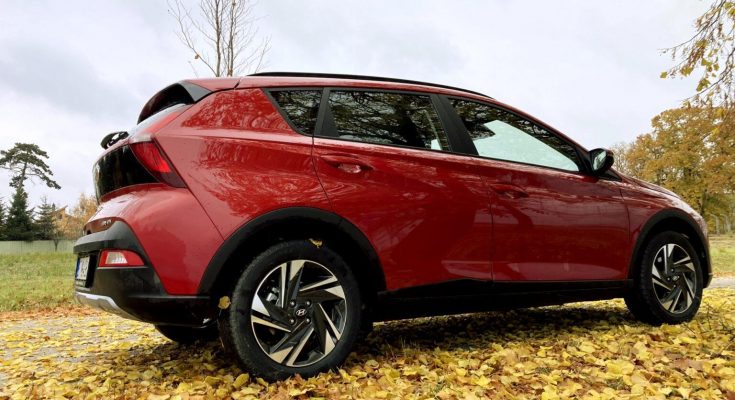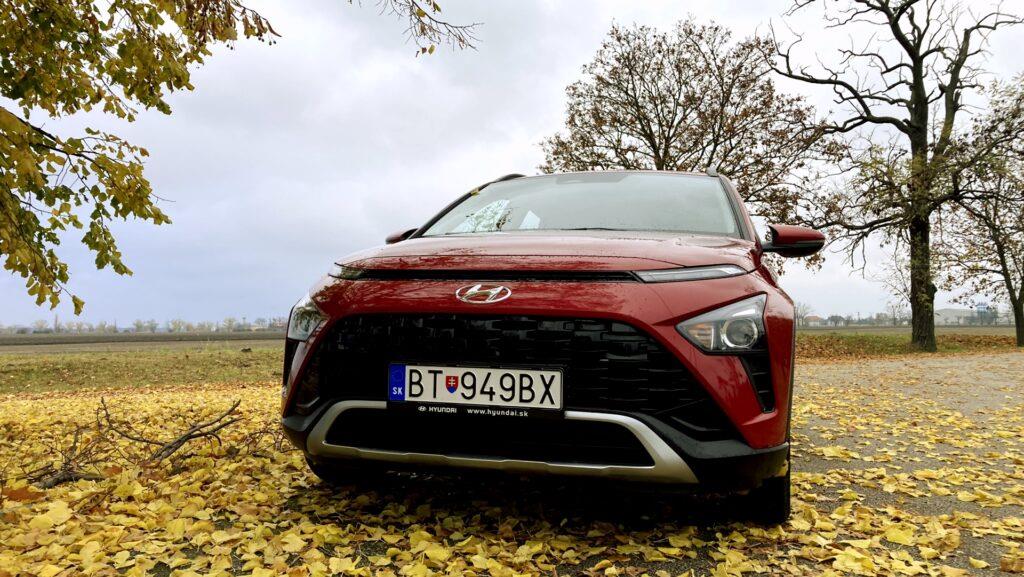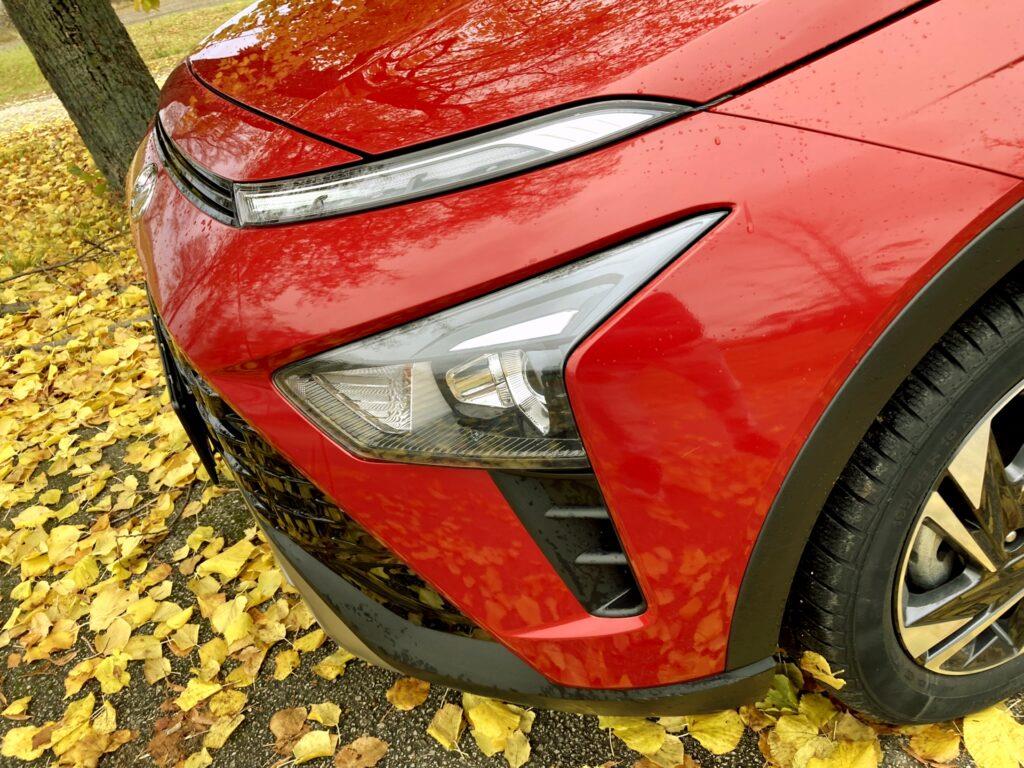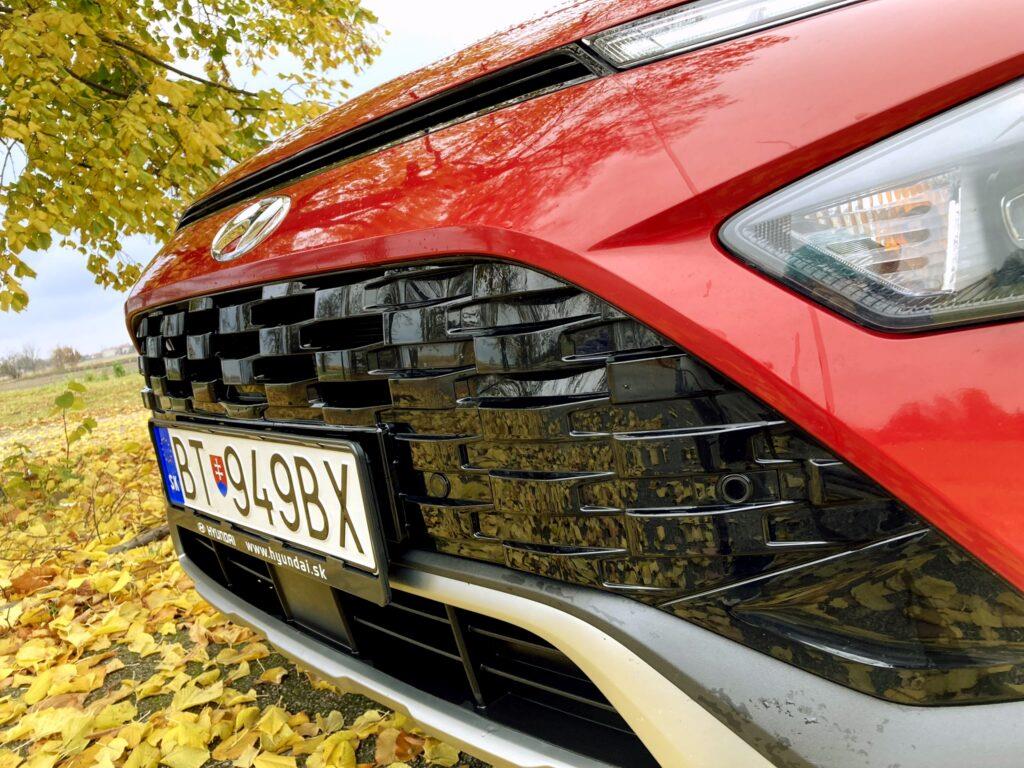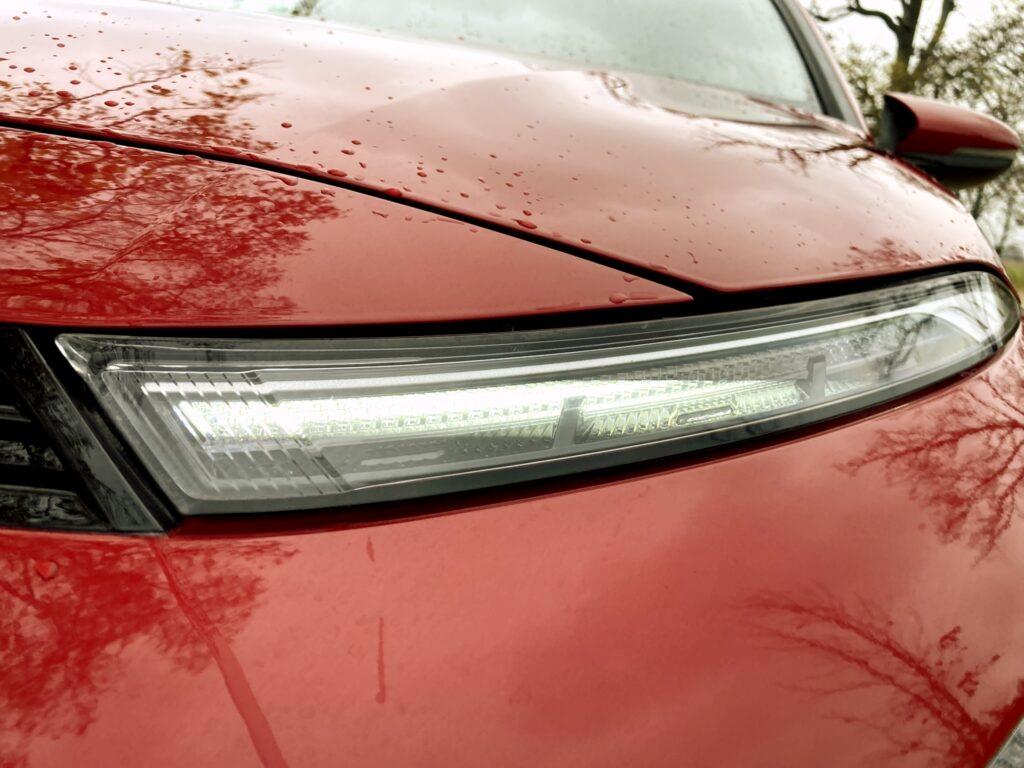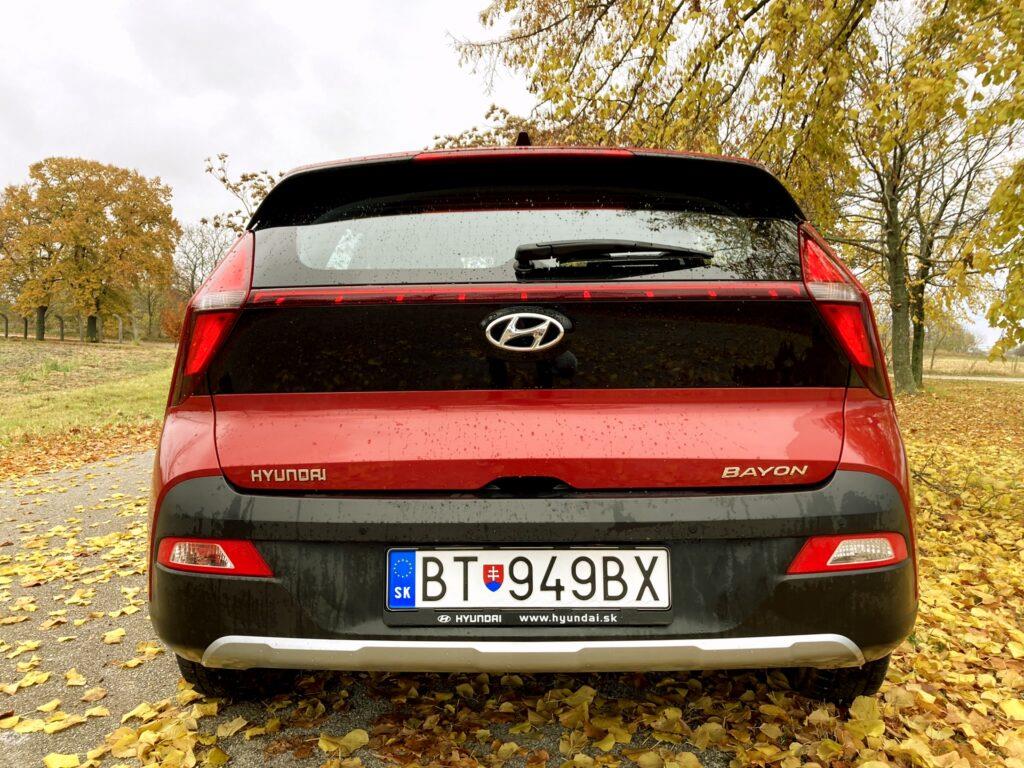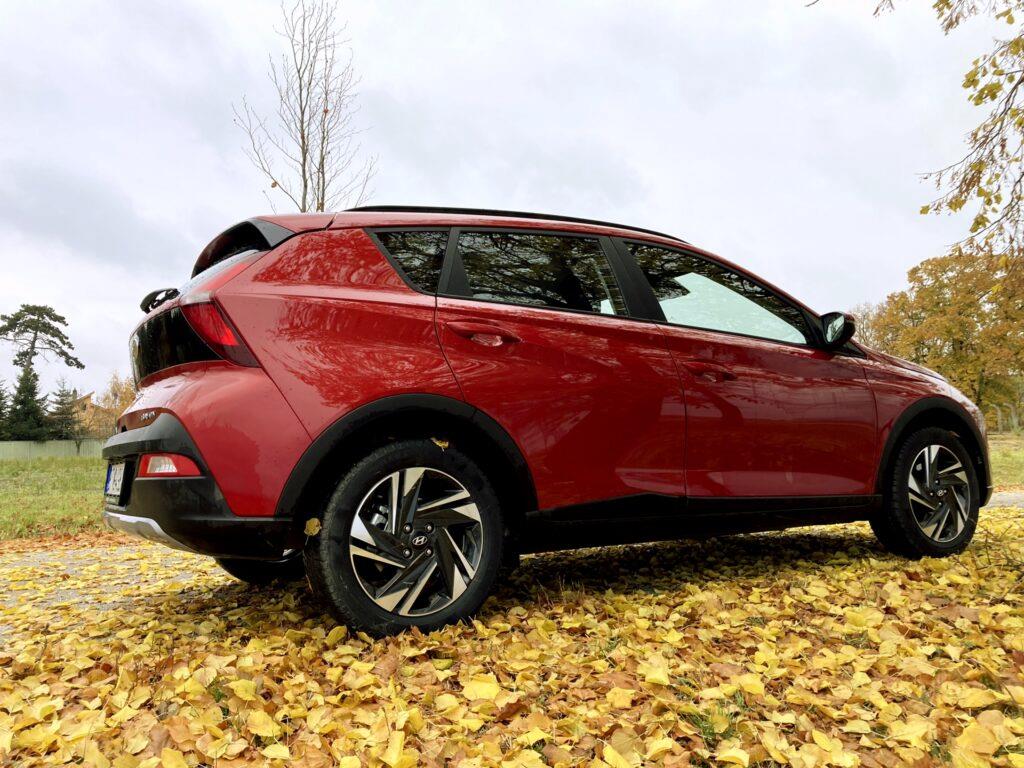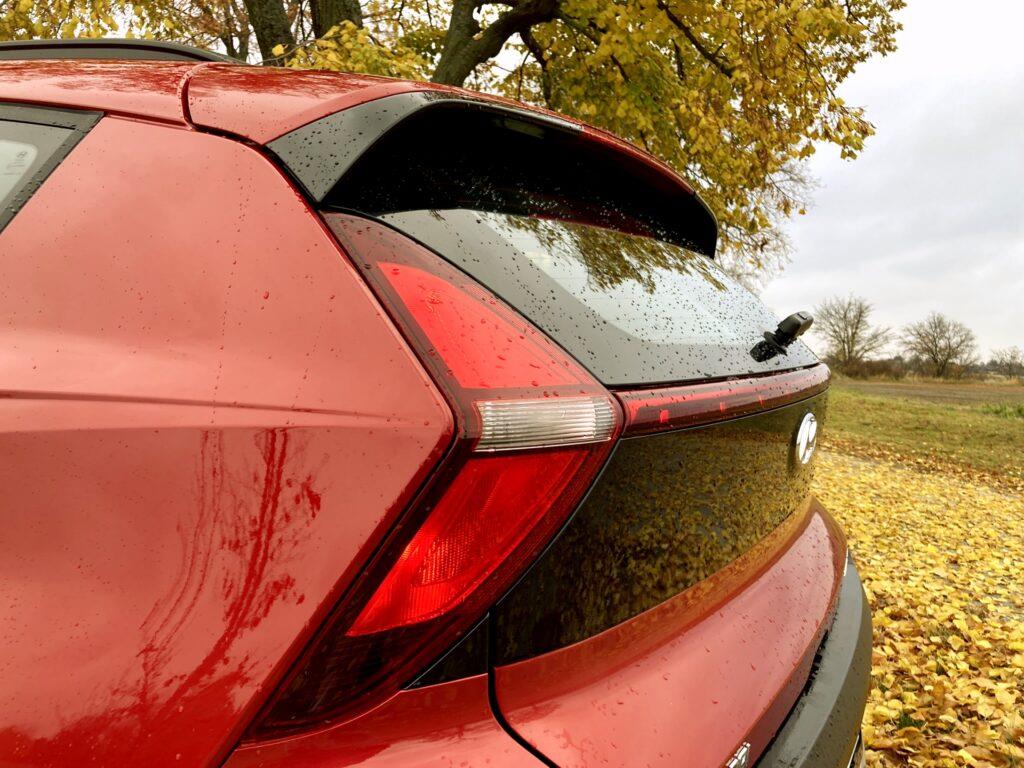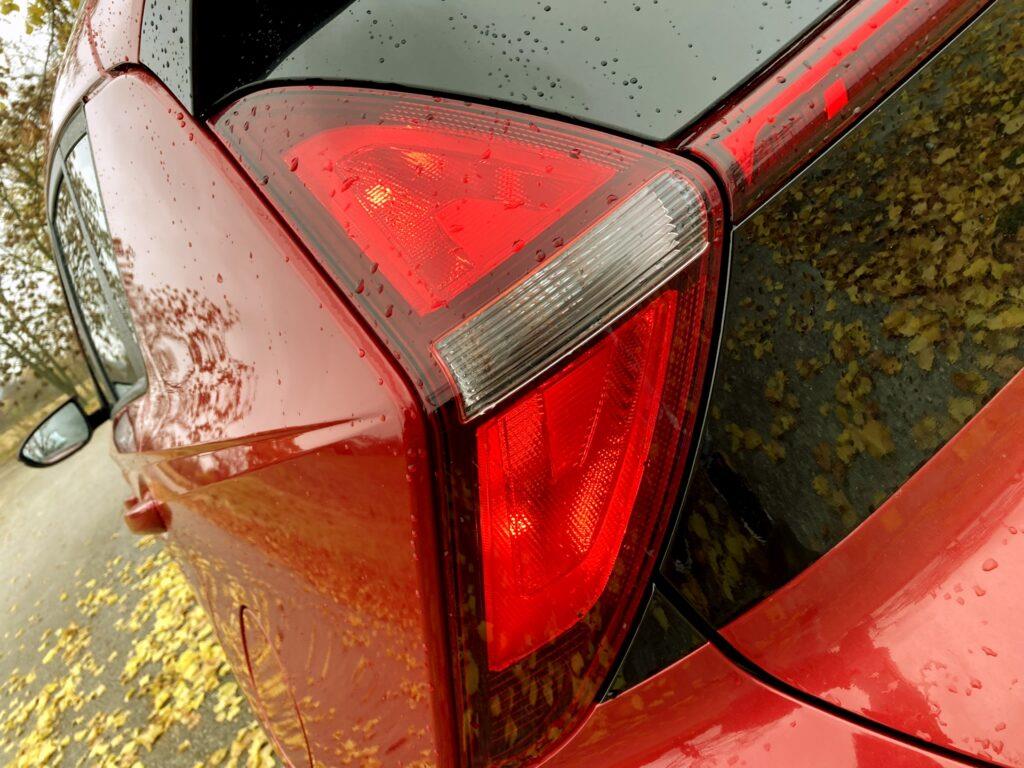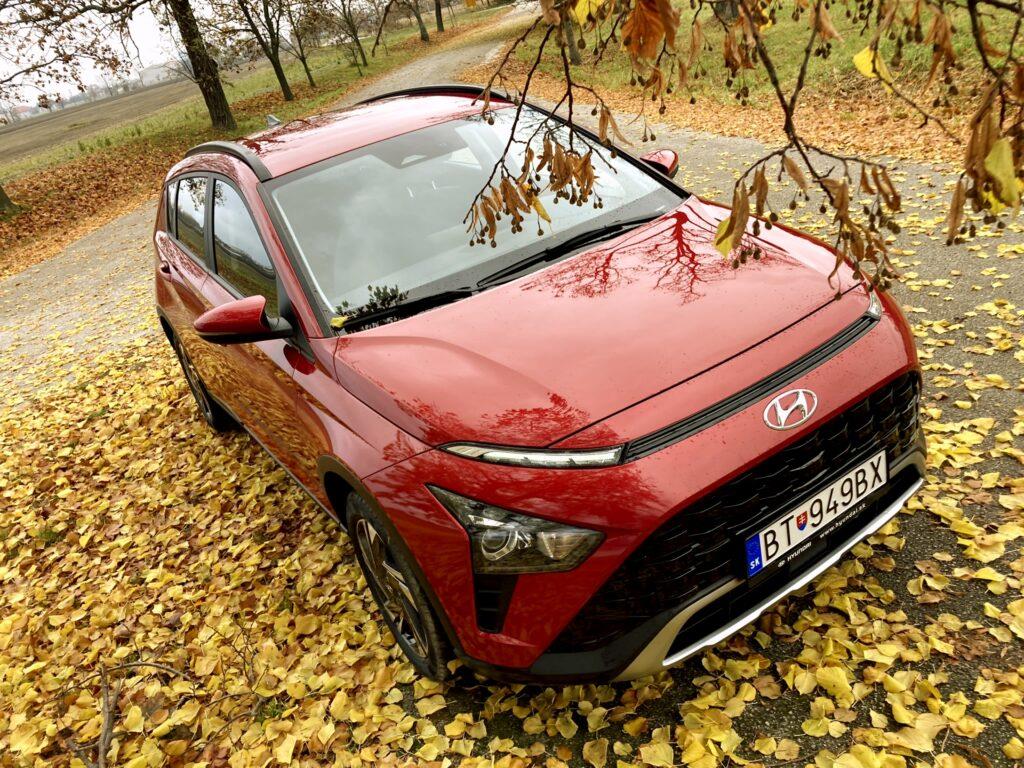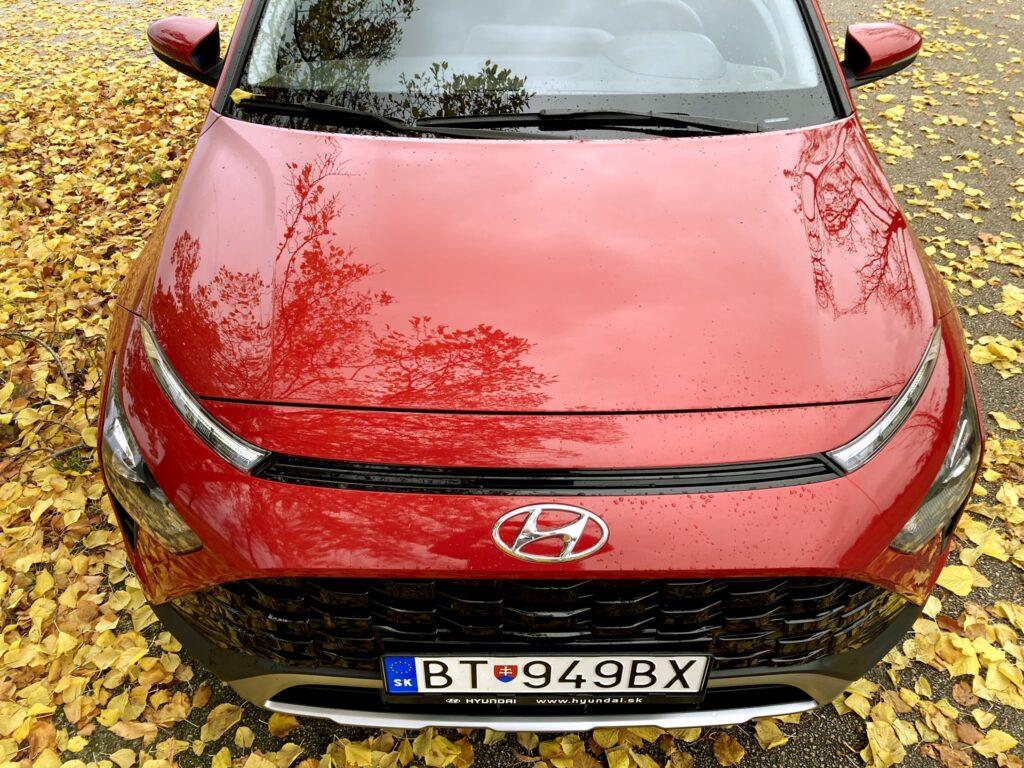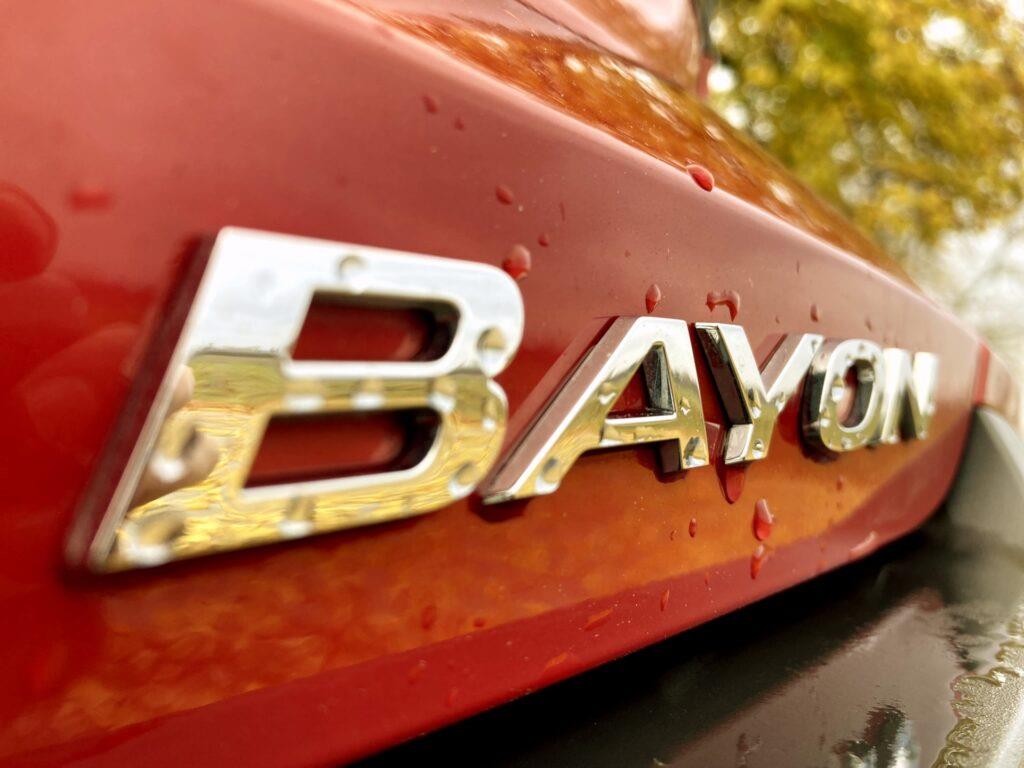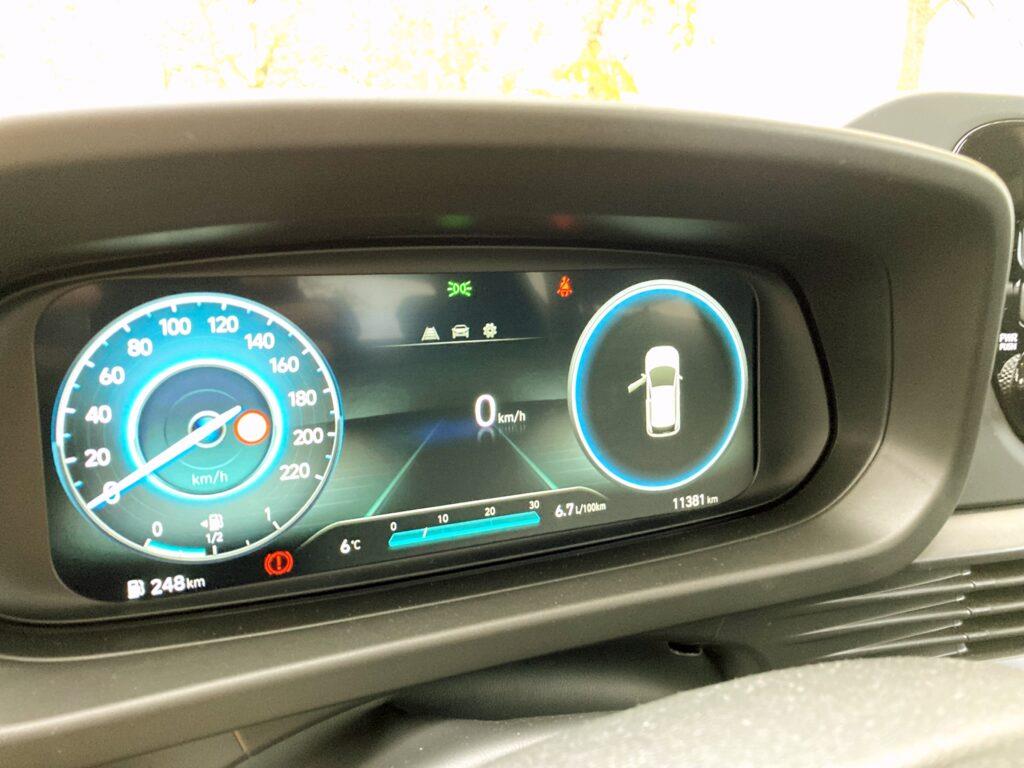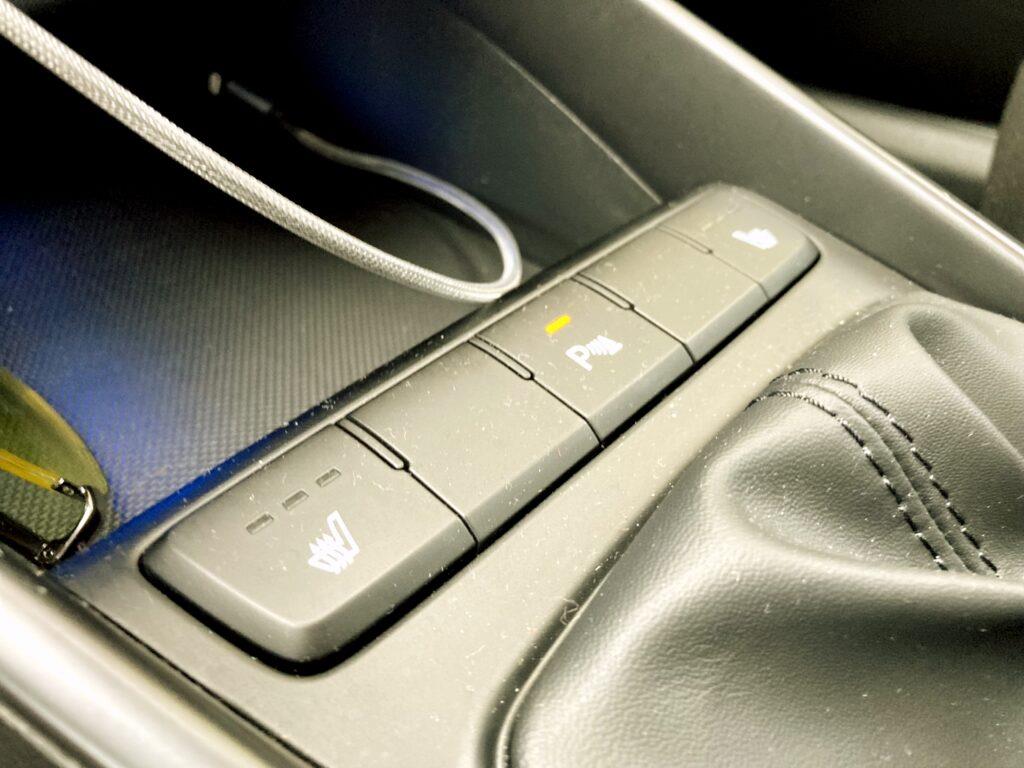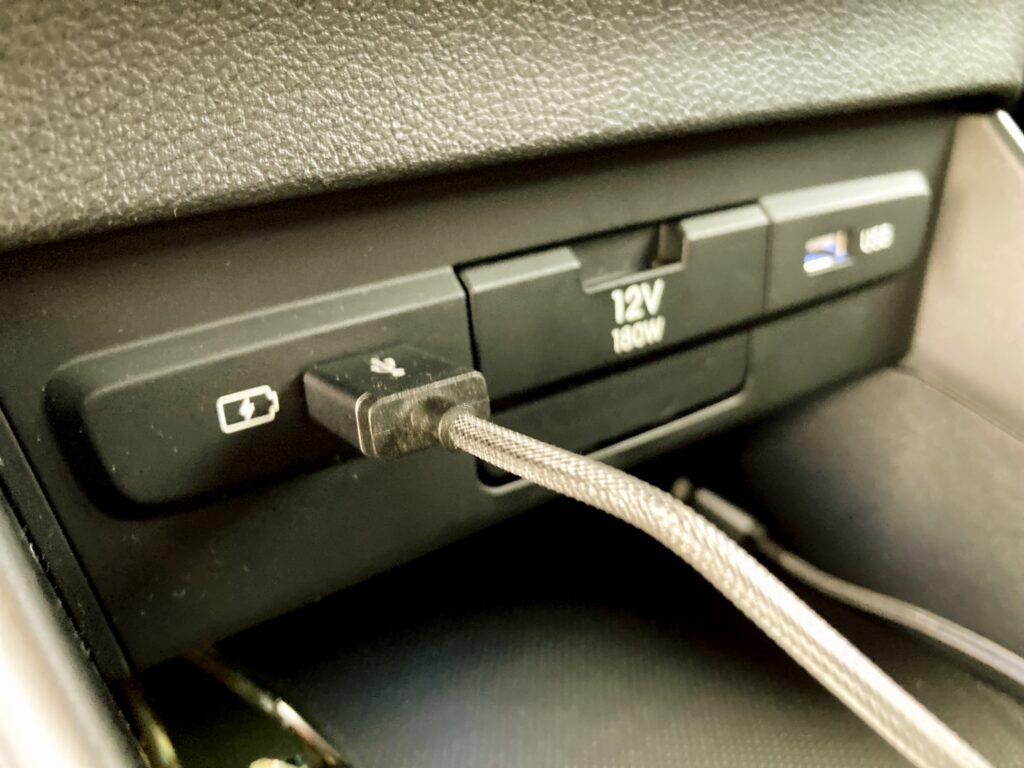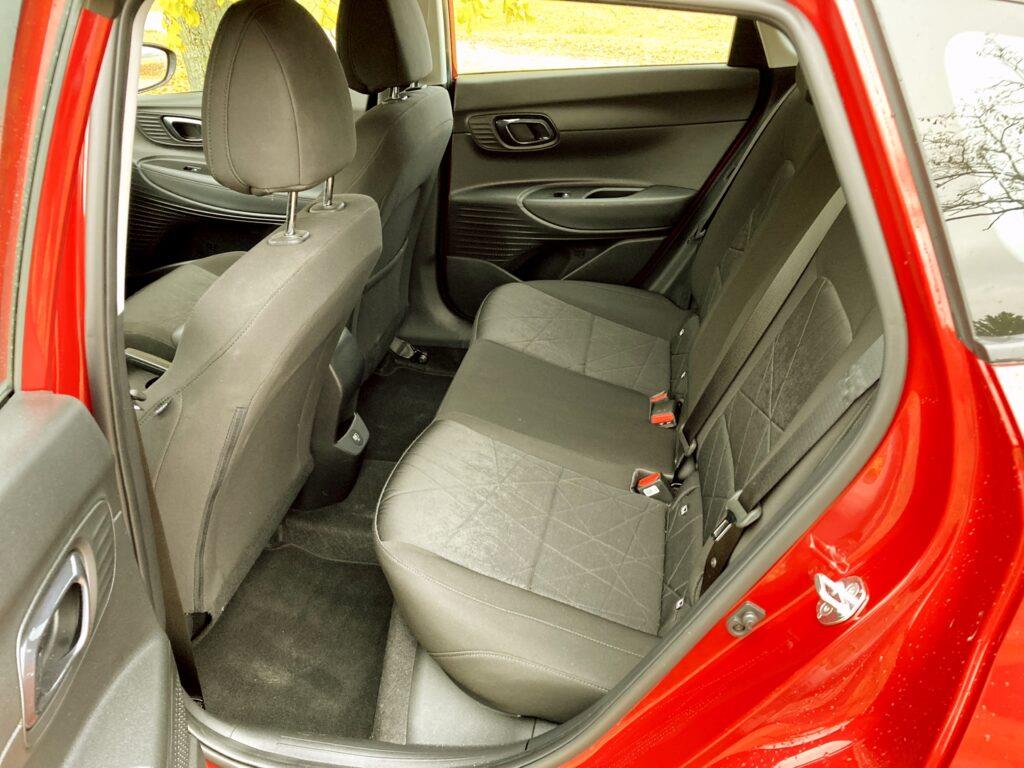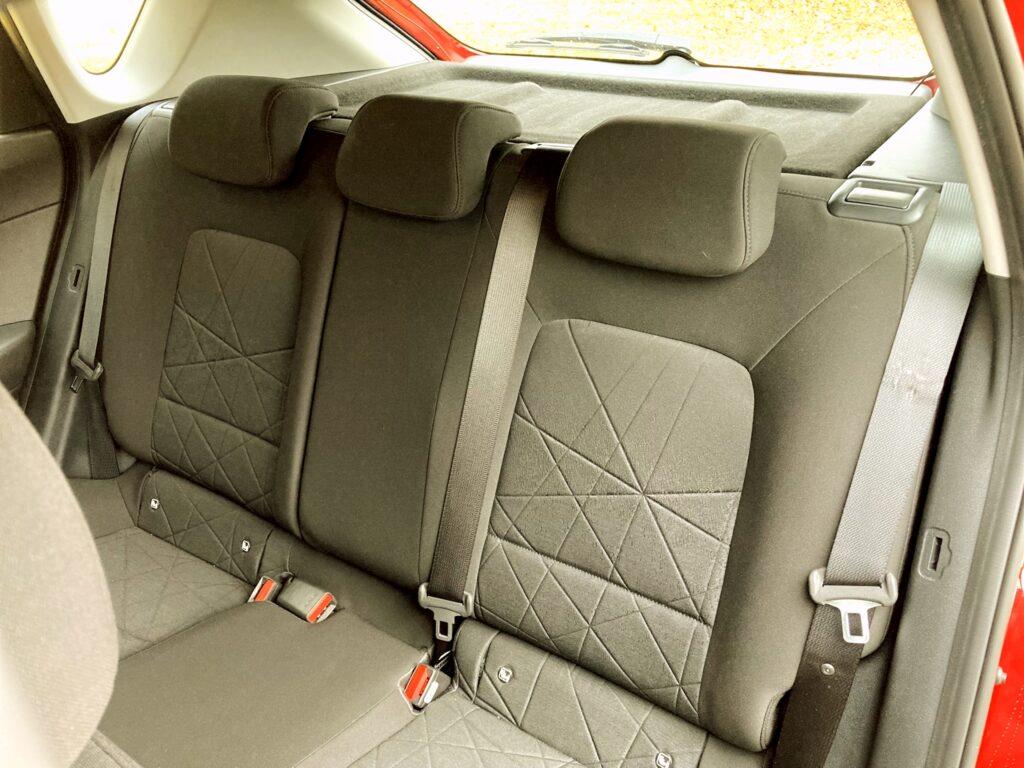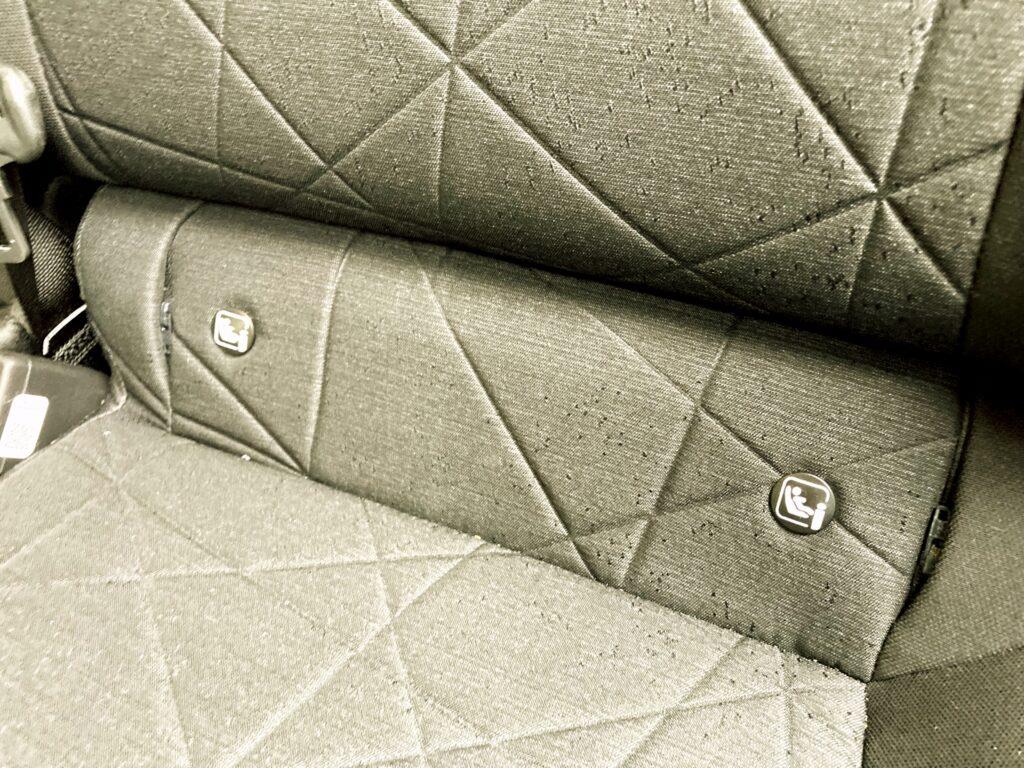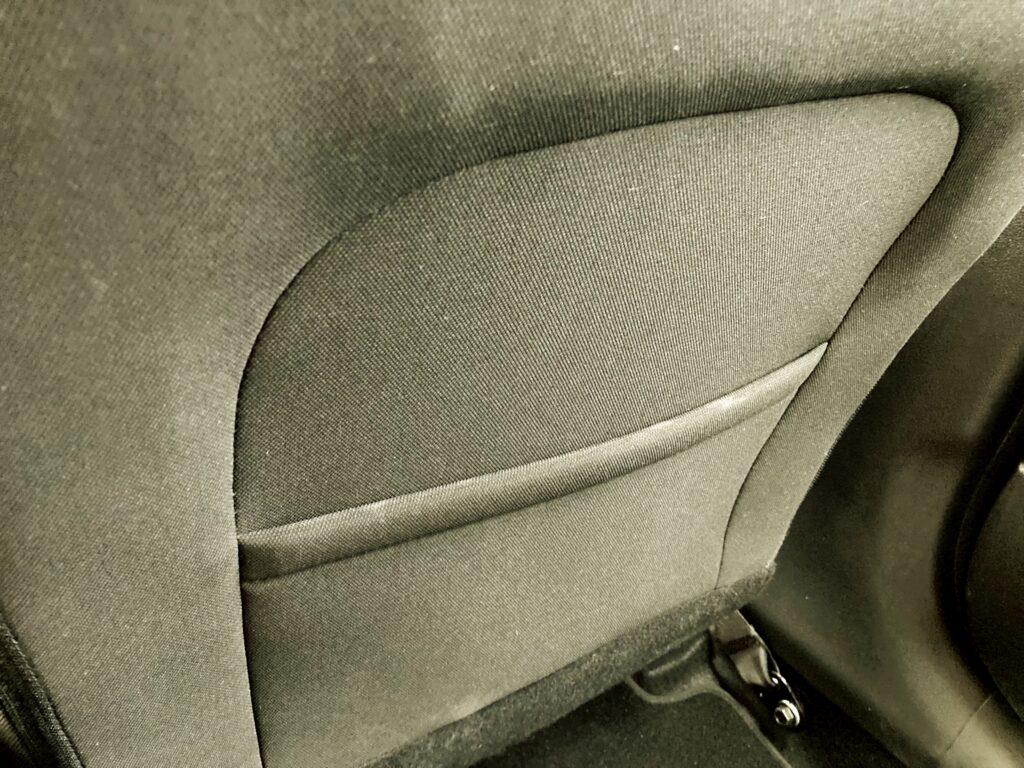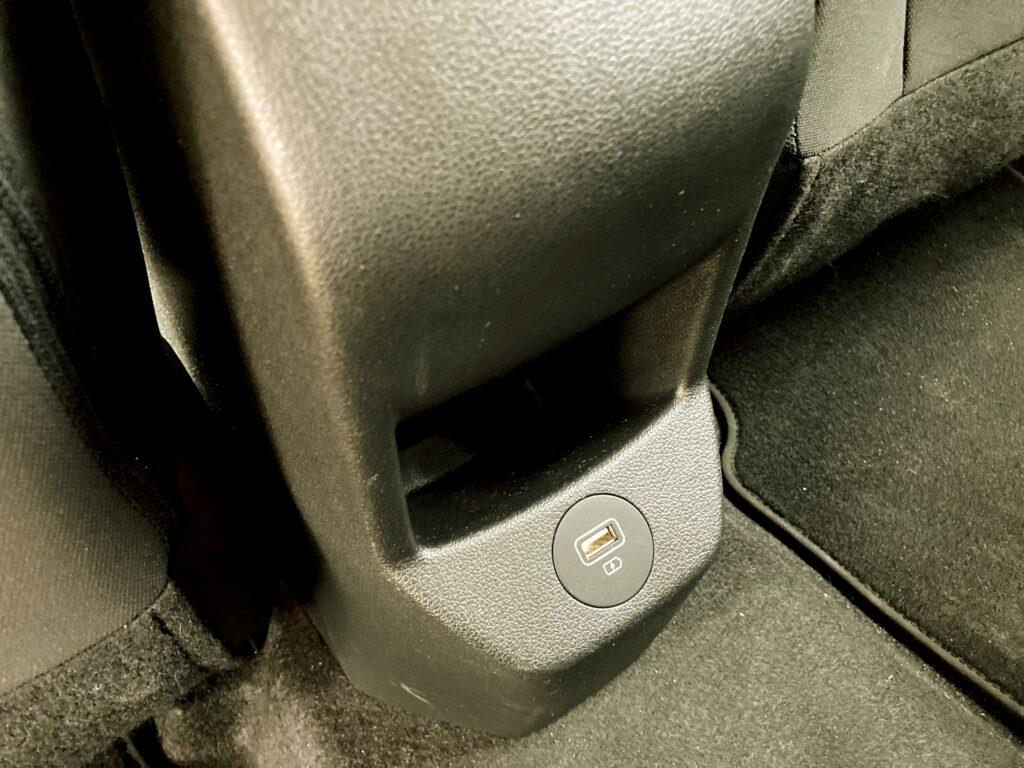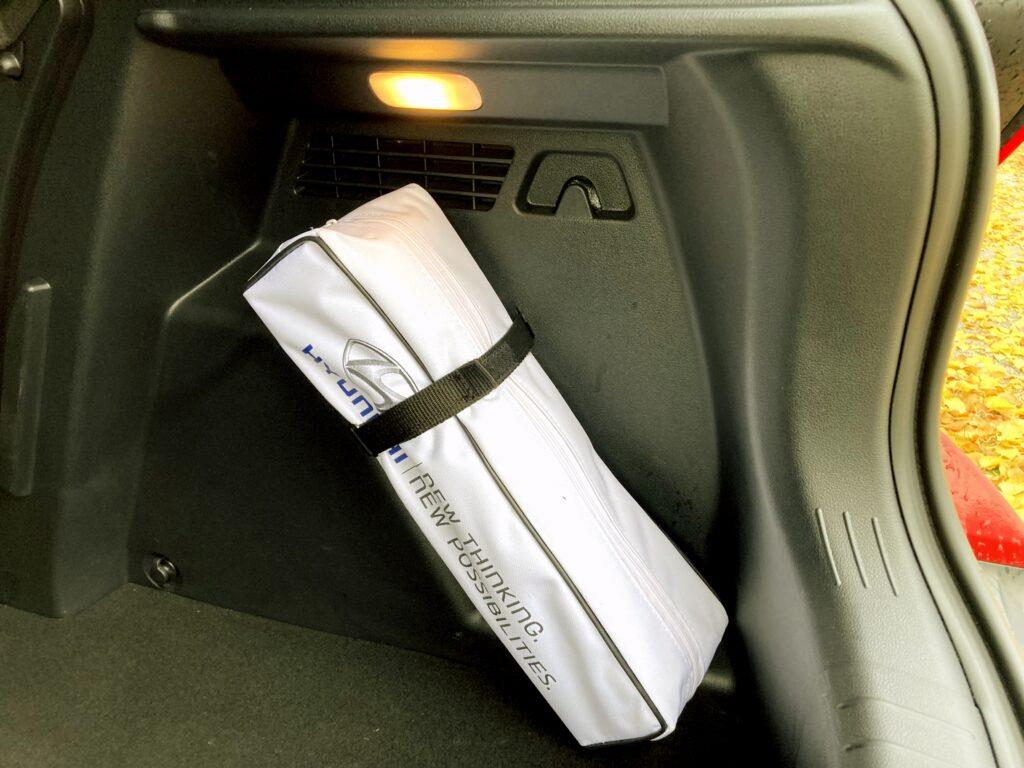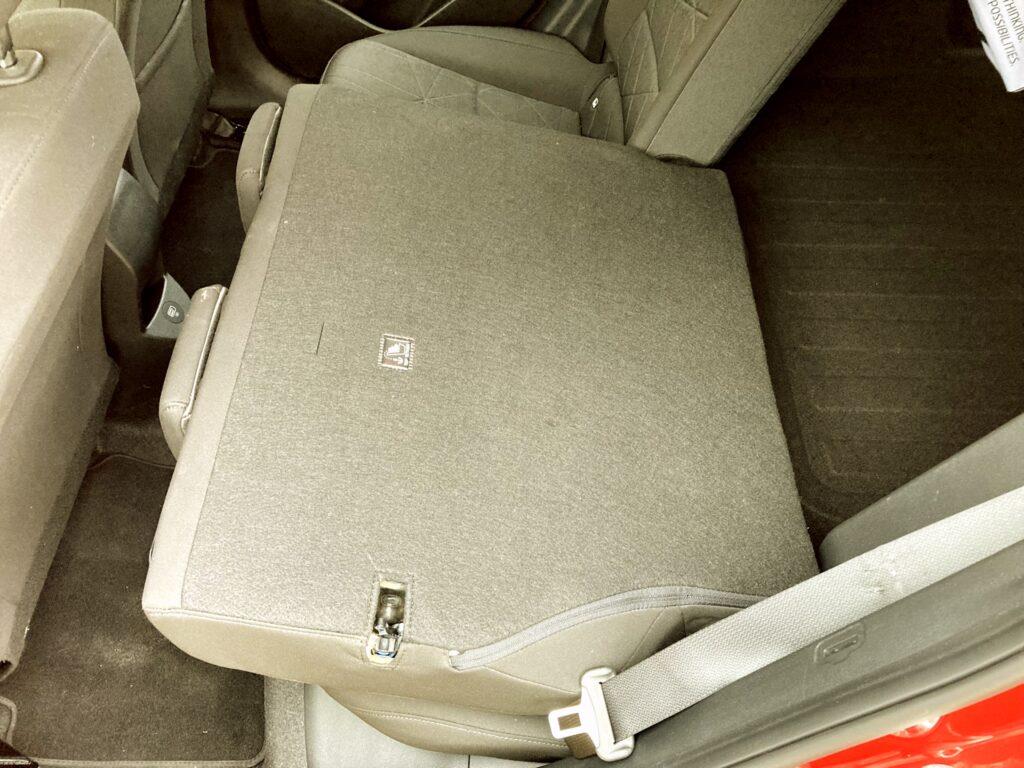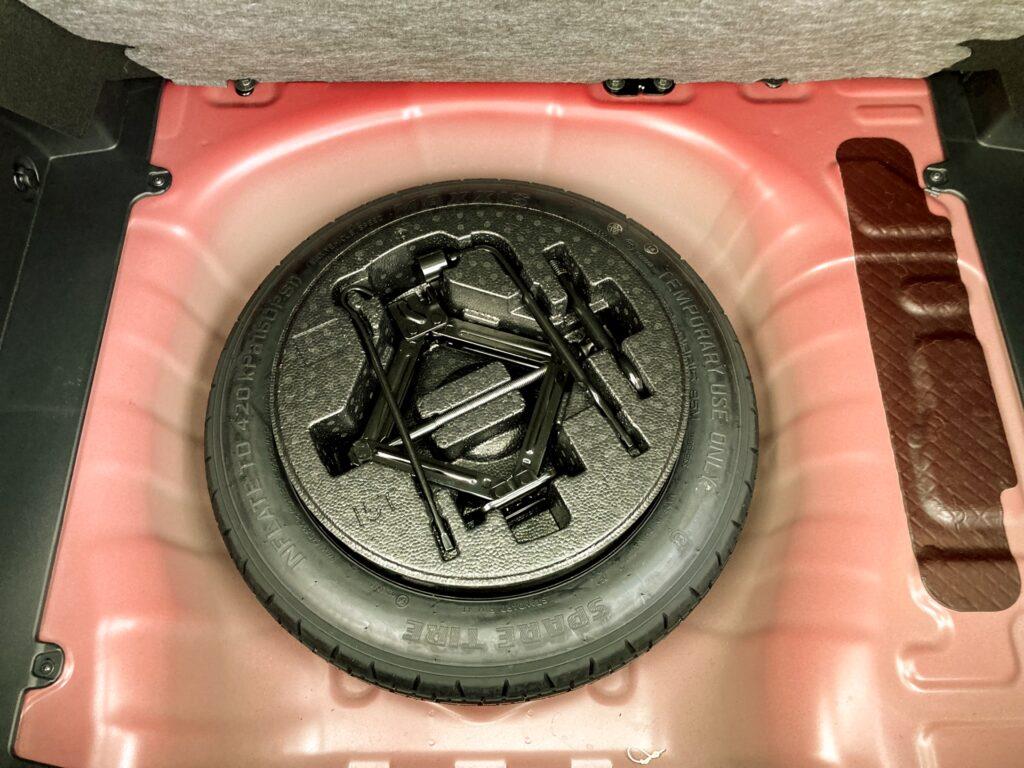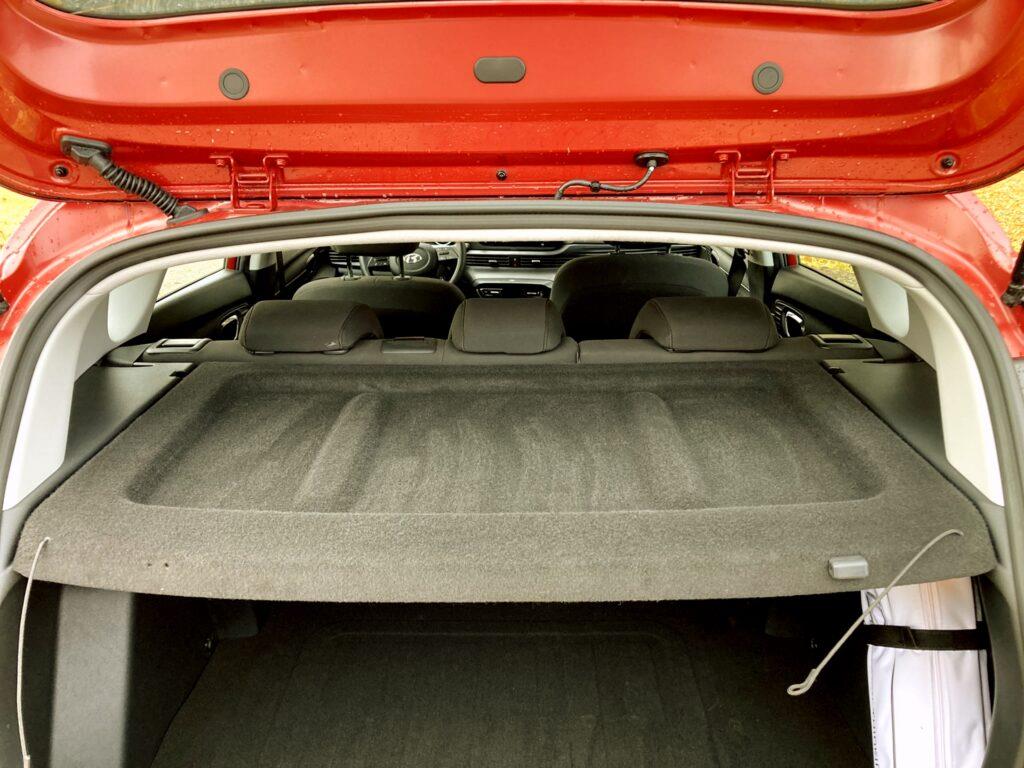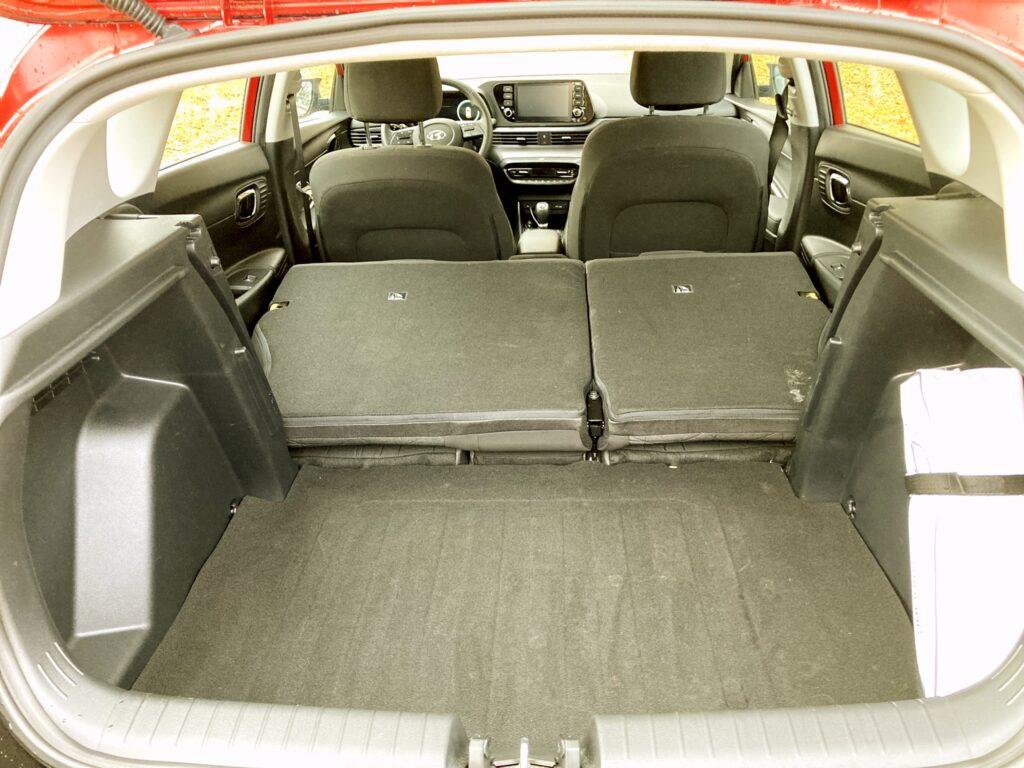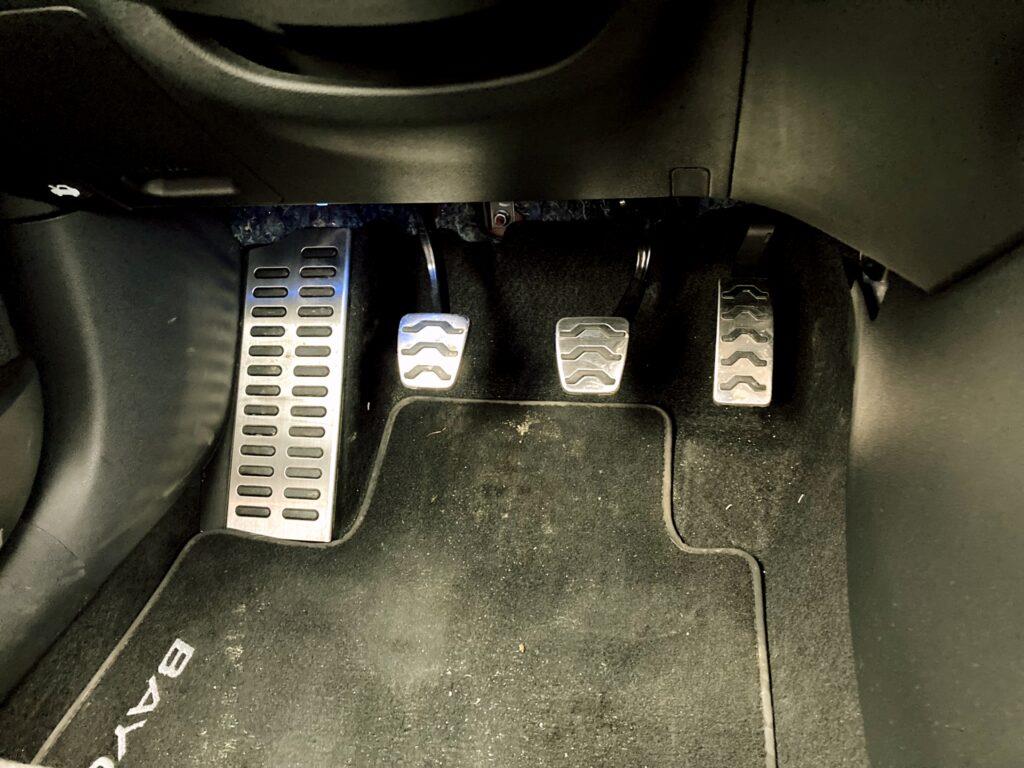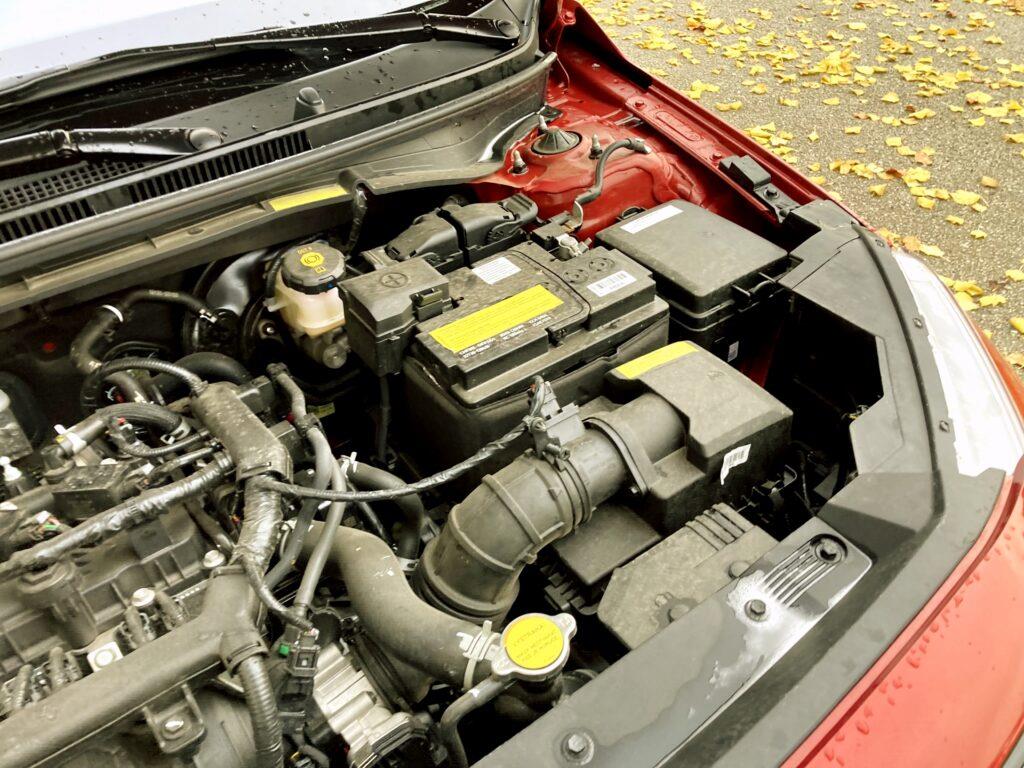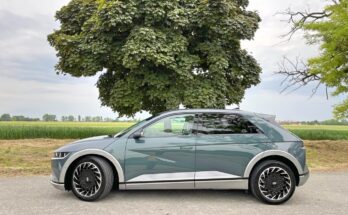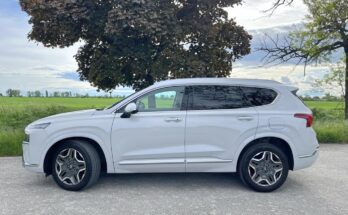The Korean automaker Hyundai found a place in its portfolio for a second small crossover. Specially, and only for Europe, there is the new Hyundai Bayon, which wants to follow up on the successful ix20 model. So we tested the novelty on Slovak roads.
Available small cars with generous interior space are already very modest in the automotive industry today. Despite the fact that such cars offer the best of both worlds and can be a hit in the dark for many motorists. In our small market, Ford Fusion or Citroen C3 Picasso once celebrated such success. The owners of these vehicles then often switched to, for example, the Hyundai ix20. After a rather lukewarm start in 2010, it started up and in the last months of production, in 2019 it literally went "on a rampage". Back then, the car was still enough to win the award for senior car of the year.

Since then, this MPV/crossover has not received a direct successor. At a time when the mini MPV segment is dying out and being replaced by popular B-segment crossovers and SUVs, the Bayon comes as salvation. Of course, even this model did not avoid plastic fenders and a little hint of an off-road appearance. Bayon wants to be a more affordable, and in a good sense simpler, alternative to the larger Kona model, which with its more powerful or electrified variants targets a different clientele.
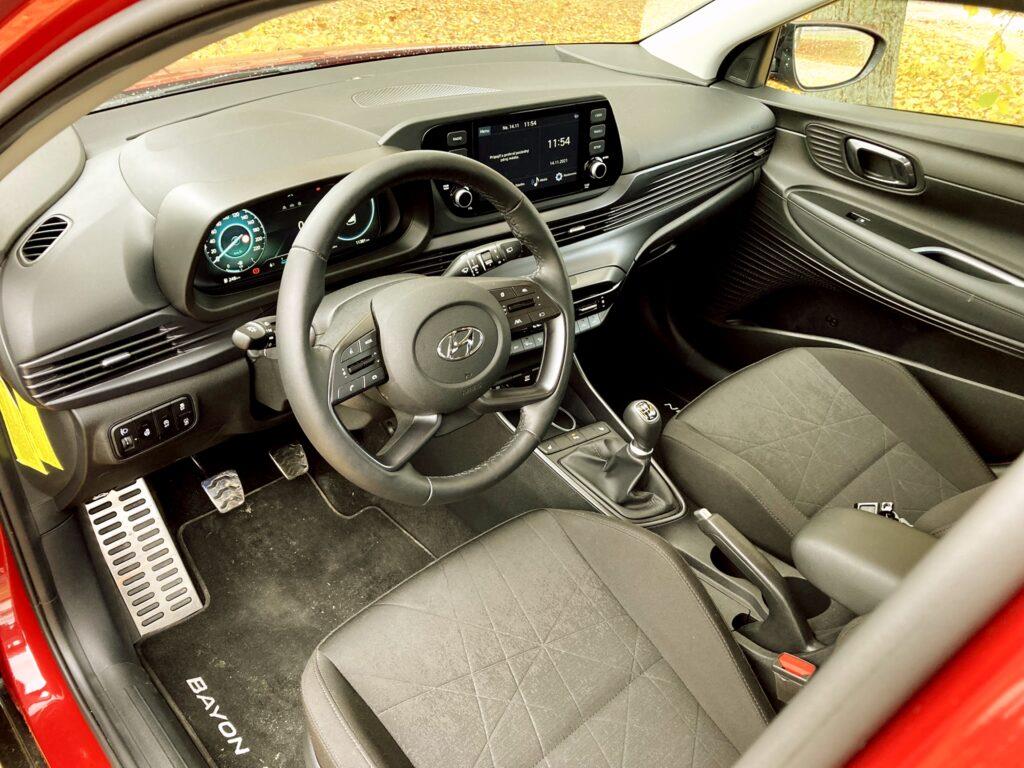
The Bayon, which will already be produced in Turkey, is to replace the ix20. Instead of a tall MPV comes a crouched pseudo-SUV, or rather something like a raised hatchback. It adds an interesting design, compared to the ix20 it reduced the practicality of the interior, because it does not have sliding and folding rear seats, but a classic bench with a split backrest. With a length of 4,180 mm, the Bayon is only 25 mm behind the Kona, the wheelbase is also slightly shorter. The main difference is the lower body structure and the inch smaller wheel size. With a height of 1.49 meters, the roof of the Bayon is five centimeters closer to the road than the Kona and does not extend much beyond the classic hatchbacks. Nevertheless, the Bayon can boast a generous trunk volume of 411 liters, but it would not have to have such a high cost margin.
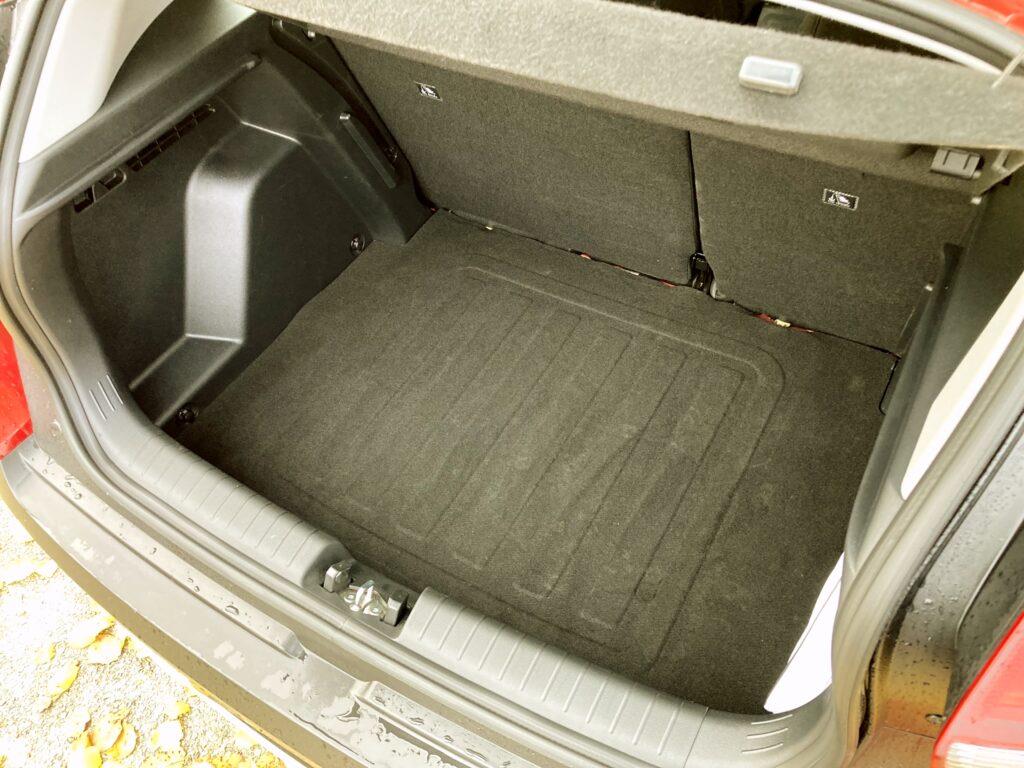
Bayon has a very distinctive but not primary design. The rear part in particular will probably divide the audience into two camps. The front part is modeled after the Kona, and the side surfaces are characterized by significant moldings. The dominant part of the mentioned rear part is the oddly shaped taillights. which are basically incandescent, in higher equipment LED. They are connected by a red bar, which, unfortunately, as with the i20, does not light up and only has reflectors.
The latest Hyundais are absolutely unmistakable from the outside, but inside the design is rather more conservative. With Bayon, it fits perfectly with the expected target group of customers, who will be pleased by, for example, a blind spot guard or a heated steering wheel, or a classic mechanical handbrake in place, rather than a stunning diagonal of the display.
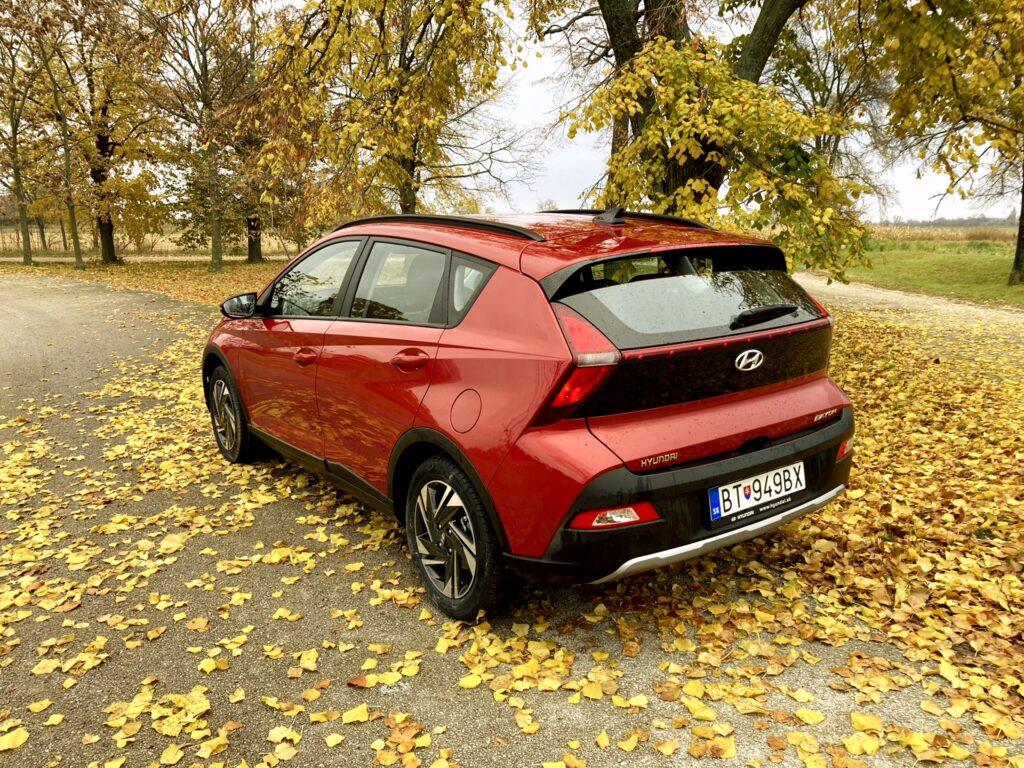
The shape of the interior is based on the i20 model , so it offers a very successful architecture, interesting shapes and an overall pleasant place to spend your travel moments. The materials are of high quality and mostly have a nice structure, but in some details they easily lag behind the i20 in terms of sight and touch. Anyway, if we come back to the ix20, it is a seriously big leap in all areas of the interior, which we have already become accustomed to with this brand in recent years.

Infotainment can have up to a 10.25-inch screen in the highest spec tested, and there can also be a digital instrument panel in front of the driver. Multimedia is basically the same again as in the i20 and other modern models of the brand, so they deserve praise in terms of resolution, response to touch and clarity. The graphical interface is then a matter of taste, but it can be customized to a large extent.
Hyundai should also be praised for the wireless connection with Apple CarPlay or AndroidAuto, which works flawlessly. Some safety and multimedia equipment can be added as pearls – for example, a smart cruise control cooperating with navigation or the possibility of pairing a personal calendar with infotainment.
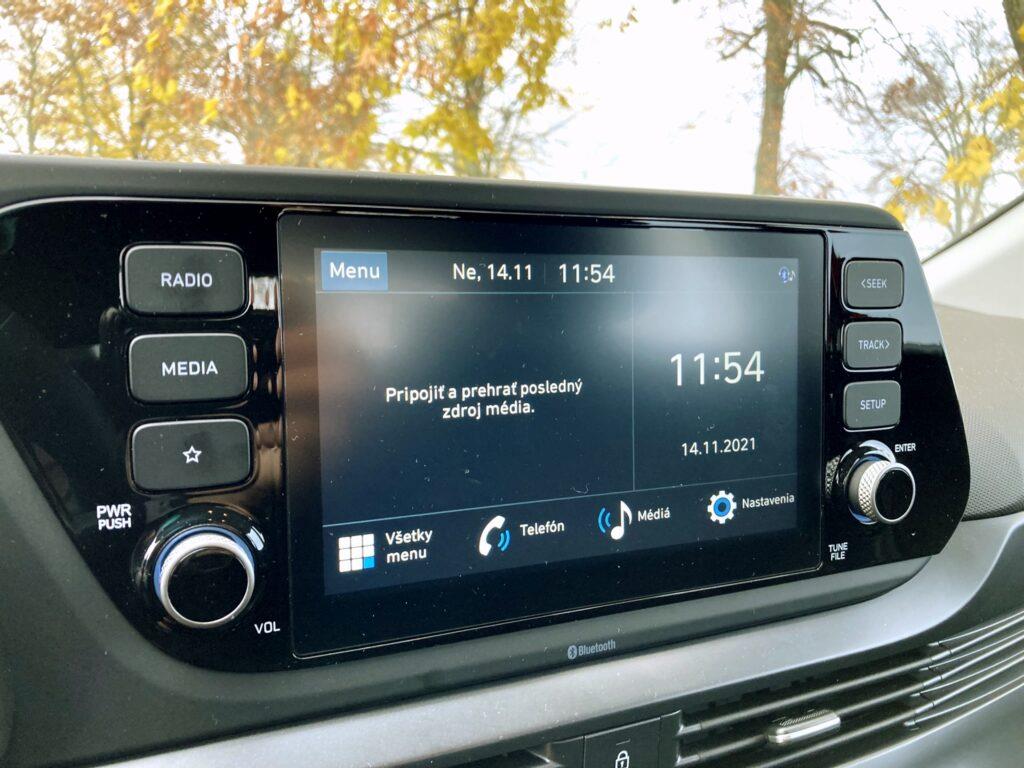
The front seats are quite large and have very soft sides. Control is a classic of modern Hyundais. It could be called functionality without frills – everything is at hand, there are commendably enough buttons left on the instrument panel and they are large enough to be felt by the naked eye. The only thing that really annoyed me was turning off the lane departure warning, which otherwise drags you on the steering wheel. You have to look for it on the left under the steering wheel…
Bayon got a basic atmospheric engine under the hood in the test piece. The top of the Bayon offer is of course the turbocharged three-cylinder 1.0 T-GDi with an output of 88 kW, the same as in the i20. There will be a choice between conventional and mild-hybrid versions and a manual or dual-clutch transmission. Those interested in a diesel, turbocharged four-cylinder, full-fledged hybrid and electric car at Hyundai will be satisfied with the Kona model . Bayon, on the other hand, will offer the less demanding basic four-cylinder engine with a volume of 1.2 ls and a power of 62 kW. For many customers who are looking for an elevated small car, it will take extra points for this atmospheric four-cylinder.

The small four-cylinder received exhaust ducts integrated into the cylinder head, which will ensure that it warms up to operating temperature faster and, conversely, cools the exhaust gases under high load. The naturally aspirated, non-turbocharged four-cylinder has indirect intake fuel injection, chain-driven DOHC and 16-valve technology. A proven classic, which has the prerequisite of a long service life, reliability and robustness. It doesn't even mind short city drives, it doesn't need to be cooled down, and anyone who wants to buy a car for more than the end of the warranty must definitely reach for it.
It is characterized by a typical high-speed gasoline, with quick reactions to the gas. The dynamics may be weak for some nowadays and corresponds to a small maximum power of 62 kW (84 hp), but it can be learned to drive quite briskly. Maximum power and low torque is set high (6000 rpm vs. 4200 rpm). The engine has a fairly linear performance curve, it is not very good in the lower range of revolutions, and for faster driving it is necessary to rev it above 4000 rpm. If you expect significant acceleration from it already around the 2000 rpm limit, you will recognize the difference between the worn three-cylinder 1.0 T-GDi, which is much more flexible thanks to the turbo and picks up better from the lower speed limit. On the other hand, when dialed above the 6000 rpm limit, it will show a beautiful performance peak of classic atmospheric engines.

The small four-cylinder engine, revved beyond 4,000 rpm at 130 km/h, draws around 7 l/100 km from the tank. In the districts, however, its appetite drops deeply to 5 l/100 km, and in the city it settles somewhere between 5-6 l/100 km. The overall average during the test week was 5.7 l/100 km. And we drove much more dynamically than we should have. Consumption is also per unit. Within the range of engines and if a calm driver could get his hands on it, I suppose it would be even better than the 1.0 T-GDi with MildHybrid.
The new chassis impresses with a very successful compromise between agility, safety and comfort. The rear axle, despite its simple construction with a torsion bar, does not resonate even on a bad surface. The car perfectly handles broken city roads thanks to the relatively soft suspension of the axles. However, the Bayon is not a rickety boat, but will offer a very high level of comfort, without seeming cumbersome. On the contrary, quite fast and precise steering is not often a common thing in this class. The noise reduction of rolling, engine and aerodynamic noise is very good. All this fits into the comfortable mix of the vehicle, which gives the driver plenty of self-confidence.
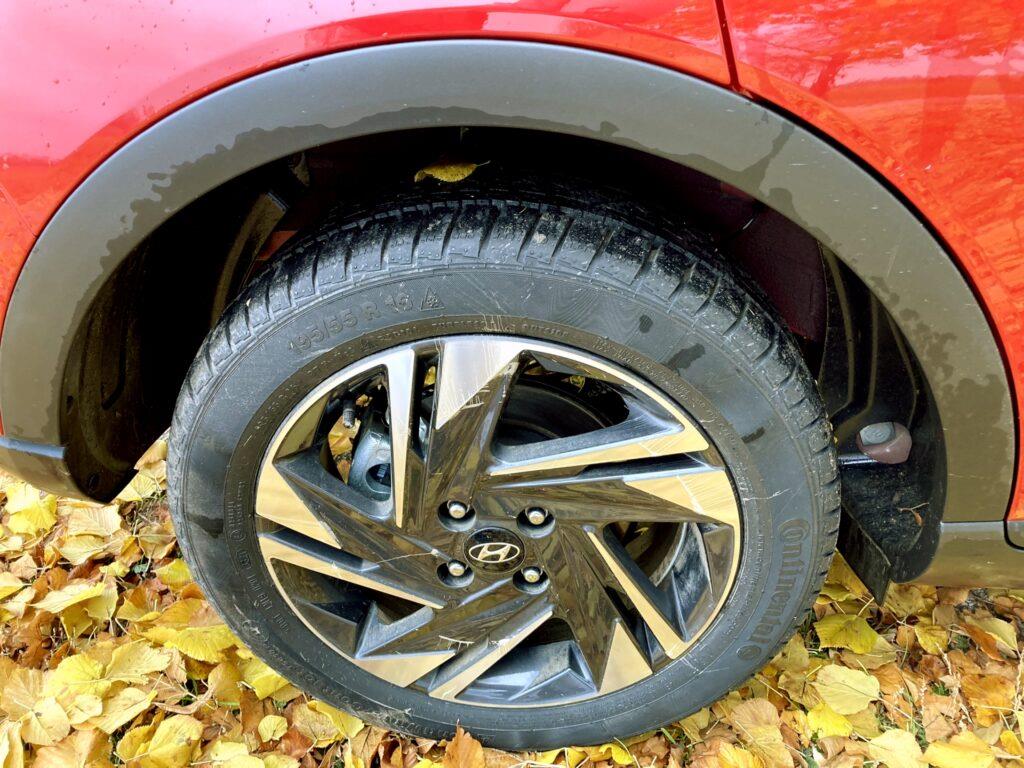
It is interesting that the largest 17-inch tires (205/55 R17) do not have a lower profile than usual. So the tested, smaller sixteens (195/55 R16) also have a smaller circumference and also a lower ground clearance. The basic fifteens have a size of 185/65 R15.
As long as the distinctive design is not an obstacle for the target group of this vehicle, we predict great success for the Bayon in our market as well. The fashion of SUVs and crossovers has allowed itself to be blown away and will offer a large space on a small basis, a good interior, multimedia and good engines, or balanced driving characteristics. With the basic 1.2 and in the Family equipment, for less than €17,000, it is perfect for everyone…
Technical specifications:
| Engine and gearbox | atmospheric benz. four-cylinder, 4 valves per cylinder, DOHC, 5-speed manual |
| Displacement [cm3] | 1197 |
| Power [kw/h] | 62/84 |
| At revolutions [1/min] | 6000 |
| Torque [nm] | 118 |
| At revolutions [1/min] | 4200 |
| Avg. consumption [l/100 km] | 5.5-5.7 (WLTP) |
| Acceleration from 0 to 100 km/h [s] | 13.5 |
| Maximum speed [km/h] | 165 |
| Luggage space [l] | 411/1205 |
| Curb weight [kg] | 1045 – 1155 |
| Dimensions l/w/h [mm] | 4180/1775/1490 |
| Wheelbase [mm] | 2580 |
| Tires | 195/55 R16 |
| Fuel tank volume [l] | 40 |
| Model price from [€] | 14,490 |
| Price of the tested model (€) | 16,890 |

